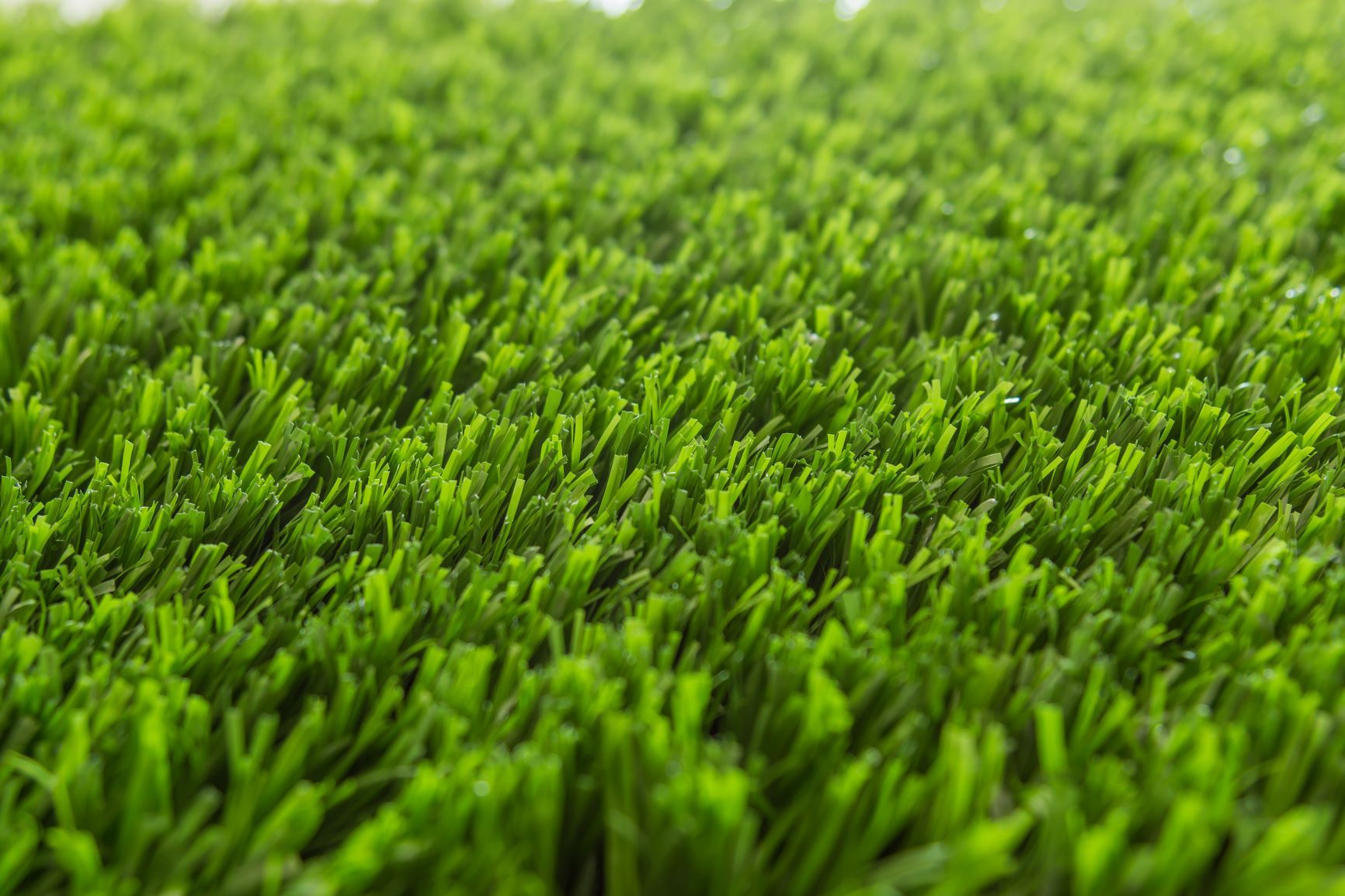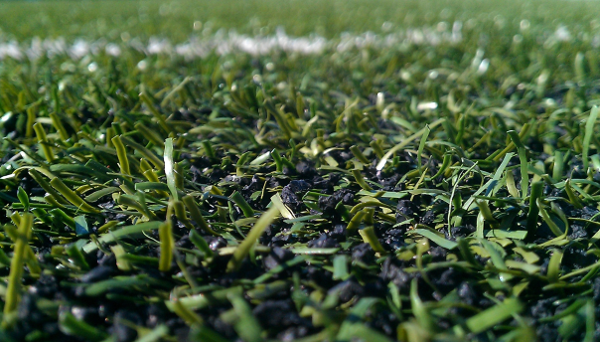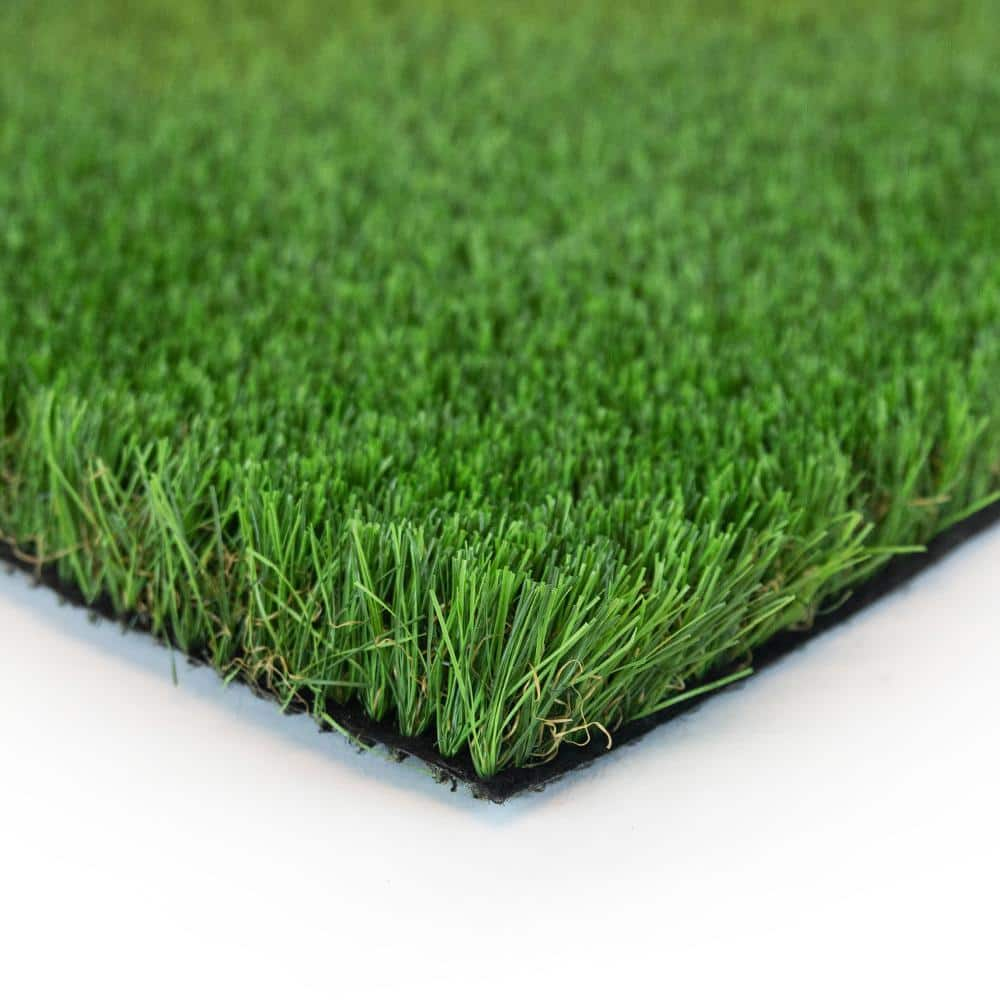Sustainable Arizona Artificial Turf for a Always-Green Lush Green Lawn
Explore the Environmental Advantages of Opting for Synthetic Grass Solutions
The adoption of synthetic turf services provides an engaging chance to resolve pressing ecological obstacles. By significantly lowering water use and reducing the application of dangerous chemicals, these alternatives not only advertise sustainable landscape design however also safeguard neighborhood environments.
Water Preservation Benefits
Among one of the most substantial advantages of synthetic lawn is its ability to save water. Typical lawn lawns call for significant watering, especially in locations susceptible to drought or water limitations. On the other hand, artificial lawn does not require watering, substantially lowering the general demand for water resources. This feature is specifically valuable in dry regions where water deficiency is a pressing worry.
By removing the demand for normal watering, synthetic grass adds to lasting landscape techniques and helps alleviate the ecological influence of excessive water intake. The preservation of water expands to the decrease of runoff, which can lead to soil disintegration and waterway air pollution.
In addition, the installation of synthetic grass enables districts and homeowners to designate water sources much more efficiently, concentrating on necessary usages such as alcohol consumption water and farming. The shift in the direction of artificial lawn not only promotes liable water usage but also lines up with wider environmental objectives focused on protecting natural resources.
As communities progressively prioritize sustainability, the water conservation advantages of synthetic grass present an engaging instance for its fostering in residential and industrial landscape design jobs.
Reduced Chemical Usage
The shift to fabricated grass dramatically reduces the dependence on chemical treatments frequently utilized in natural yard maintenance. Traditional lawn administration generally involves the application of plant foods, herbicides, and chemicals to promote growth and control insects. These chemicals can present threats to human health and wellness, neighborhood wildlife, and the setting, adding to soil and water contamination.
In contrast, man-made lawn gets rid of the requirement for these damaging substances. By reducing the launch of synthetic substances right into the ecosystem, synthetic turf advertises healthier soil and water systems.
Additionally, the absence of chemical drainage related to synthetic grass installments assists secure regional rivers from air pollution, supporting aquatic life and maintaining biodiversity. Phoenix turf companies. As areas progressively prioritize sustainable techniques, choosing synthetic grass provides a sensible remedy that straightens with ecological conservation goals. Through this change, homeowner can take pleasure in lush green rooms without endangering ecological wellness, leading the way for a more sustainable future
Reduced Carbon Footprint

Additionally, the installation of synthetic grass can result in significant water preservation. Natural lawns require significant quantities of water for irrigation, which not only includes in the carbon footprint related to water extraction and therapy yet also stress local water sources. On the other hand, synthetic grass needs minimal maintenance, needing no watering, thereby dramatically lowering water usage and its associated energy expenses.
In addition, the longevity of artificial turf adds to its lower carbon influence. With a lifespan of approximately 15 years or even more, the demand for regular replacements is decreased, causing much less waste and lower energy usage in production and dealing with traditional lawn choices. Generally, man-made grass presents a lasting alternative for ecologically mindful landscape design.
Habitat Conservation
Environment conservation is an essential consideration in the discussion over landscape design choices, particularly when comparing synthetic grass to natural turf. Natural grass yards typically require substantial maintenance, consisting of making use of herbicides, plant foods, and chemicals, which can adversely affect neighborhood communities. These chemicals can leach into the dirt and waterways, hurting native plants and fauna and disrupting neighborhood environments.
On the other hand, synthetic grass provides an opportunity to lower the ecological footprint of landscaping. By choosing artificial yard, home owners can decrease the disturbance of all-natural habitats connected with conventional grass care techniques. Artificial grass eliminates the need for unsafe chemicals, therefore shielding nearby wildlife and keeping the honesty of bordering ecosystems. The installation of synthetic turf can lead to the conversion of former grass areas into even more biodiverse landscapes, such as pollinator gardens or indigenous plant areas, which can support local wild animals.
Eventually, the transition to synthetic grass not just saves water and decreases upkeep initiatives but additionally fosters a much more harmonious partnership between human tasks and the native environment, promoting habitat conservation while doing so.
Long-Term Sustainability
Long-term sustainability is an important variable in reviewing the benefits of synthetic lawn over typical lawn yards. Among his response the most significant advantages of synthetic grass is its toughness; it can last as much as 15-20 years with very little upkeep, whereas natural yard requires frequent reseeding and substitute. This longevity reduces the need for consistent resources, such as water, plant foods, and pesticides, which are vital for keeping a healthy yard lawn.
Additionally, man-made turf adds to a decrease in carbon emissions related to lawn treatment devices. Conventional grass typically call for gas-powered lawn mowers, trimmers, and blowers, every one of which add to air contamination. Arizona turf. In contrast, man-made grass removes the need for such tools, promoting a cleaner setting
Moreover, the production of synthetic grass significantly uses recycled materials, boosting its sustainability profile. As suppliers take on environmentally friendly methods, the environmental impact of man-made turf continues to lessen.

Verdict
The fostering of synthetic grass solutions provides substantial ecological advantages, including substantial water preservation, minimized dependence on hazardous chemicals, and a reduced carbon footprint. Synthetic turf help in maintaining all-natural environments by reducing land disruption and additional info promoting lasting sustainability through the usage of long lasting materials. Jointly, these aspects underscore the capacity of synthetic grass to contribute favorably to environmental health and wellness Visit This Link and offer a practical option to standard landscaping techniques in a significantly resource-conscious globe.
In contrast, artificial lawn does not need watering, dramatically minimizing the total need for water sources. By minimizing the release of artificial substances right into the ecological community, man-made grass promotes much healthier soil and water systems.
In addition, the setup of synthetic grass can result in considerable water preservation. In comparison, artificial grass needs very little maintenance, calling for no watering, therefore considerably decreasing water usage and its associated energy prices.
